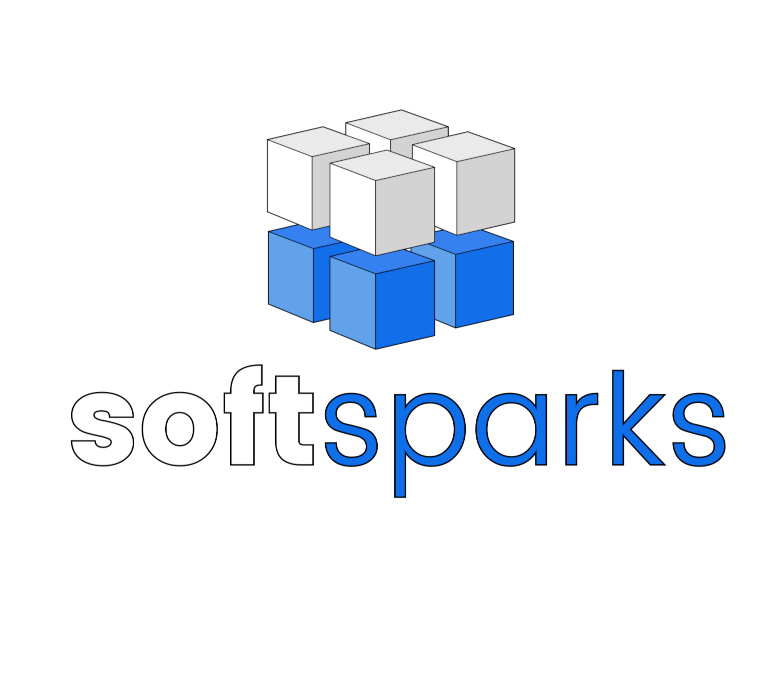You've heard about the new EU rule on mandatory AI training and are now asking yourself: Does my company really have to act? Does this also apply to small businesses or start-ups? What exactly should be covered in the training - and how often? There is a lot of uncertainty, as AI training has been mandatory for many companies since February 2025. What does this mean for you and your team? In this article, you will find the most important answers so that you know what to do now and what to look out for.
Table of contents

Who is affected by the AI training obligation?
Which companies need to offer AI training?
The AI training obligation applies to all companies that either develop artificial intelligence (AI) themselves or use it in their operational processes. This means that as soon as you use AI software, whether for internal processes, products or services, you are affected. The obligation applies regardless of whether the AI was programmed in-house or is a purchased solution. It is important to note that the training obligation applies not only to developers, but also to all employees who work with AI systems or influence their decisions. In this way, the EU wants to ensure that everyone involved understands the risks and the responsible use of AI.
Does the obligation also apply to small businesses or start-ups?
Yes, the training obligation also applies to small companies and start-ups. The EU regulation makes no exception for the size of the company. The aim is to ensure that even small teams handle AI responsibly and are aware of the risks. However, there are relaxations in some cases: For example, the training content requirements may be lower for micro-enterprises if they do not use high-risk AI. Nevertheless, you should not rely on the fact that your start-up or small business is automatically exempt. Check exactly whether and how AI is used in your company - and organize the necessary training if necessary.
Automation plays an important role in the use of AI. It is therefore advisable for training to also cover the use of such technologies as part of the 2025 AI training requirement.
Service providers and external partners are also affected if they work with or support AI systems on behalf of your company. However, the responsibility remains with the client. This means that if you outsource tasks to external IT service providers, consultants or freelancers, you must ensure that these people are also adequately trained. It is best to clarify this in the contract and obtain proof of participation in AI training courses. This way, you can ensure that everyone who has access to your AI applications meets the legal requirements and there are no gaps.
What does AI training need to cover?
Contents and minimum requirements according to the EU AI Act
According to the EU AI Act, AI training must primarily cover the basics of artificial intelligence, how it works and the most important risks. This includes ensuring that you and your team understand how AI systems make decisions, what sources of error there are and how to deal with uncertainties. Another mandatory point is the responsible handling of data, in particular the protection of sensitive information and the avoidance of discrimination. The training must also explain which legal requirements apply to the use of AI and how you can avoid violations. There are additional requirements for high-risk AI, for example on transparency, traceability and human supervision. It is important that the training is tailored to the role of the employees: anyone working with high-risk AI needs in-depth training, while basic knowledge is often sufficient for simple applications.
Which topics are particularly important?
Topics such as data protection, IT security and ethical principles when using AI are particularly important. This includes how you handle personal data, what rights data subjects have and how you avoid data misuse. The focus is also on dealing with possible errors and bias in AI systems: employees must learn to critically question results and not blindly trust them. Another important point is the documentation and traceability of AI decisions so that, in case of doubt, it is clear how a result was arrived at. The EU also believes it is important that you know when human control is necessary and how you can intervene in an emergency. For many companies, it also makes sense to address specific use cases in their own operations so that the training remains practical.
Do training courses have to be repeated regularly?
Yes, the training courses must be repeated regularly and updated as required. Although the EU does not stipulate a fixed frequency, it recommends refreshing the content at least once a year - especially if laws, internal processes or the AI systems used change. New training is also mandatory for new employees or if areas of responsibility change. This ensures that everyone is always up to date and that there are no gaps in knowledge. Carefully document the attendance and content of the training courses so that you can prove that your company is complying with the requirements in the event of an inspection. This minimizes the risk of violations and keeps you on the safe side legally.
How is it being implemented in practice?
Who is authorized to conduct the training courses?
The training courses may generally be conducted by internal or external experts who have demonstrable knowledge in the field of artificial intelligence and the legal requirements. These can be specialized trainers, certified specialists or experienced employees with the appropriate qualifications. It is important that the person or company offering the training is able to convey the required content in an understandable way and respond to the respective target group. There is no obligation to use a specific provider - but the quality and topicality of the training must be right. Therefore, check whether the training provider has experience with the EU AI Act and regularly updates the content.
Presence, online or hybrid - what is allowed?
You are free to choose whether you offer the AI training courses as face-to-face events, online courses or in hybrid format. The EU regulation does not stipulate a specific form as long as the content is conveyed in a complete and comprehensible manner. Online and hybrid training courses are particularly suitable if your team works at different locations or has flexible working hours. It is important that all participants are actively involved and have the opportunity to ask questions. For online formats, make sure that the technology works reliably and that participation is clearly verifiable. However, face-to-face training can also have advantages for some topics, such as practical exercises or discussions about specific use cases.
How is participation documented?
Participation in AI training must be clearly and comprehensibly documented. This can be done using participant lists, digital attendance logs or automatically generated certificates for online courses, for example. It is important that the documentation shows who took part in which training course, when it took place and what content was taught. You should save the documentation for at least the duration of the statutory retention periods so that you can present it in the event of an inspection. It is best to store the documentation centrally, for example in the personnel file or in your own training management system. This way, you are on the safe side if the worst comes to the worst and can prove that your company takes its training obligations seriously.This means that you can, for example, automatically generate responses to customer inquiries, create texts for your website or images for Post on social media - Everything runs automatically and without your intervention.
What happens in the event of violations?
What are the penalties for failing to comply with this obligation?
If you ignore the obligation to provide AI training or do not implement it correctly, you and your company could face severe penalties. The EU regulation provides for fines based on the severity and extent of the infringement. This may be the case, for example, if you do not offer training, the content does not meet the requirements or participation is not sufficiently documented. The amount of the fine depends on the size of your company and how serious the breach was. In addition to financial penalties, you may also be required to make up for certain measures or temporarily shut down AI systems. In the worst case scenario, this can lead to considerable damage to your image and affect the trust of customers and partners.
Who monitors compliance?
Compliance with the AI training obligation is monitored by the responsible national supervisory authorities. In Germany, this is usually a specialized authority for data protection or IT security that acts on behalf of the EU. These authorities can carry out random checks or carry out targeted checks if there are complaints or indications of breaches. During an inspection, you must be able to present all evidence and documentation relating to the training. The authorities have the right to inspect documents, question employees and, if necessary, order further checks. Anyone who is uncooperative or attempts to falsify evidence risks additional penalties.
How can you protect yourself?
You can safeguard yourself by strictly adhering to the legal requirements and documenting all steps properly. This means: make sure that every mandatory training course is carried out, that the content is up-to-date and complete and that all attendance can be clearly verified. It makes sense to introduce fixed processes for planning, conducting and documenting training courses. The best way to do this is to use a digital training management system that automatically generates certificates and makes it easier to store evidence. Also clarify in the contract with external partners that they also fulfill the training obligation. Keep yourself regularly informed about changes to the legal requirements so that you can react in good time.
Mandatory AI training brings new tasks - and opportunities
Many companies are now facing the challenge of implementing the new requirements for AI training. This means more effort, new processes and often uncertainty. However, the obligation to provide training also offers the opportunity to make your own team fit for the future. If you act now, you will give yourself a head start because all employees will learn how to use AI responsibly and recognize risks early on. This not only protects your company from penalties, but also strengthens the trust of customers and partners. Use the obligation as an opportunity to take your team's knowledge to a new level and shape innovations safely.
Become active now and stay up to date
There is no point in waiting, because the deadlines are running and the inspections will come. It is worth planning your training courses well in advance and documenting all evidence properly. Keep up to date with new developments regarding the EU AI Act and the AI training obligation - for example via newsletters, industry associations or the official websites of the supervisory authorities. This way, you are always informed when requirements change or new guidance is published. If you keep up to date, you can react flexibly and stay on the safe side even in the event of future changes.

Pingback: No-code automation: How to automate processes without programming
Pingback: AI training 2025: What companies need to know now about mandatory training
Pingback: AI training for marketing: the best tools, tips and strategies
Pingback: The role of artificial intelligence in market research